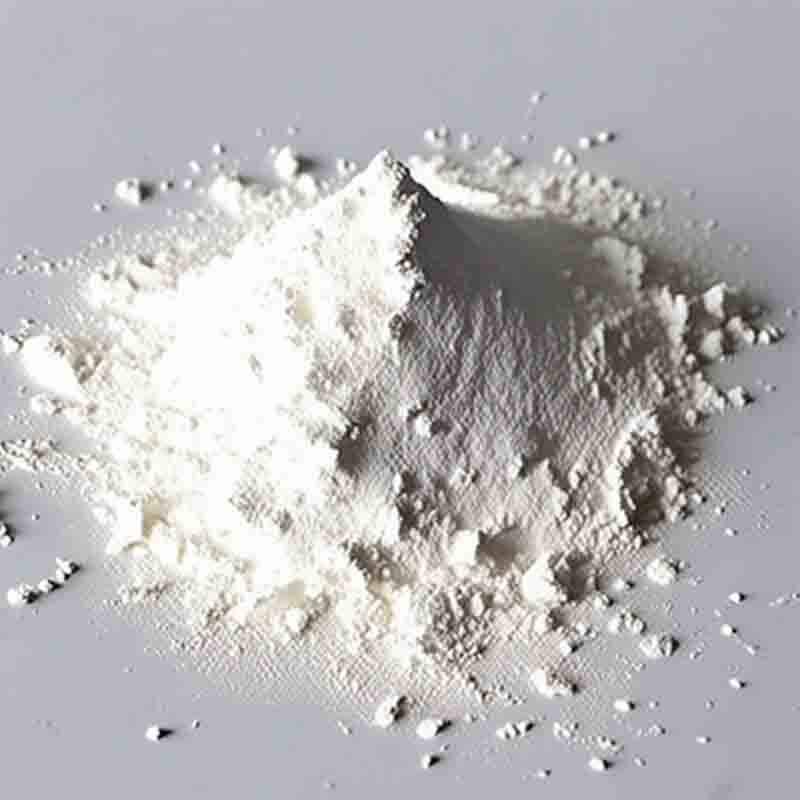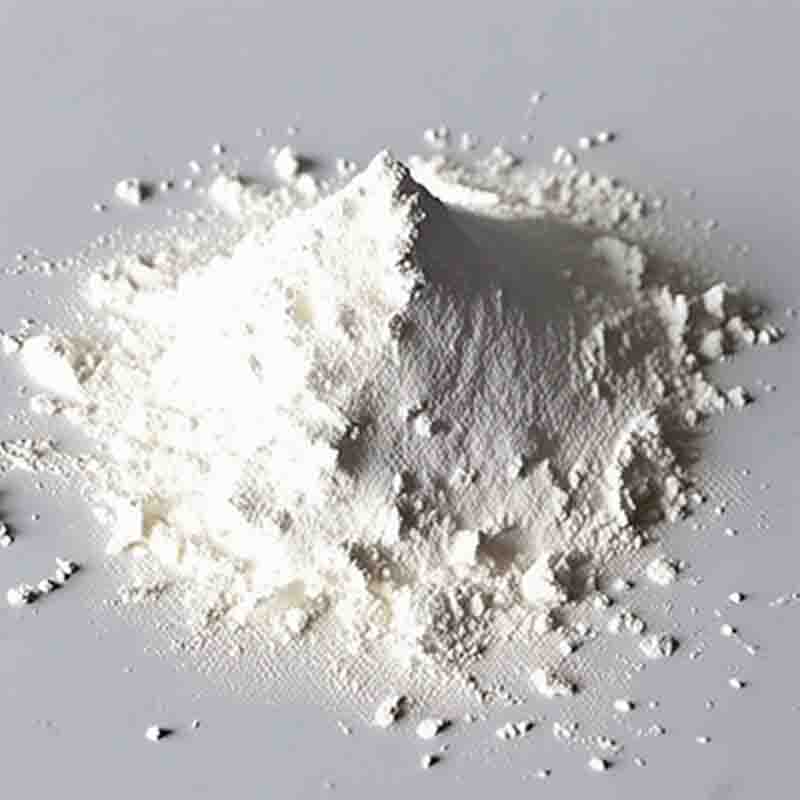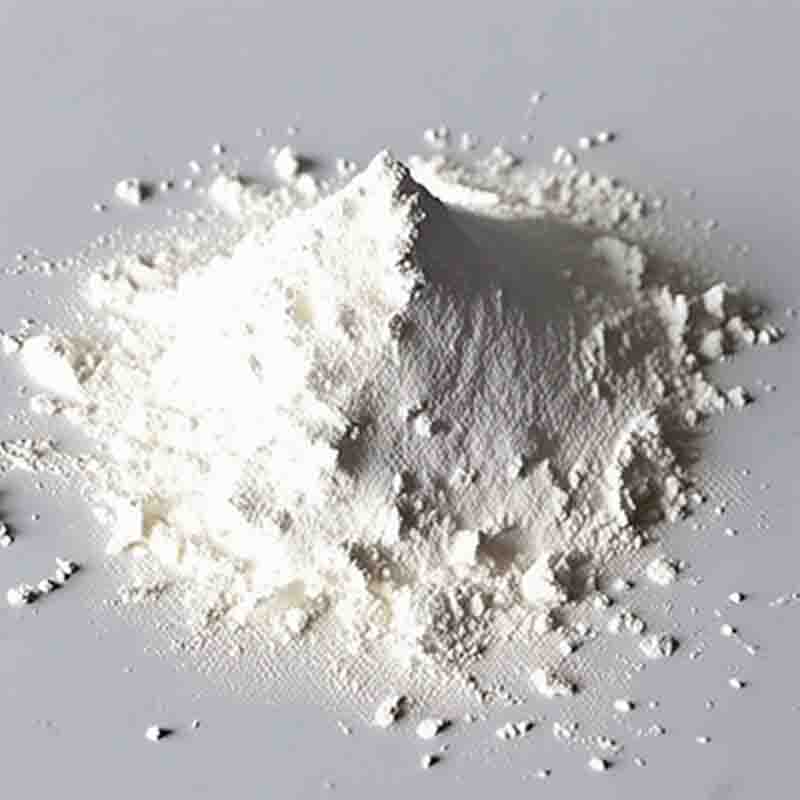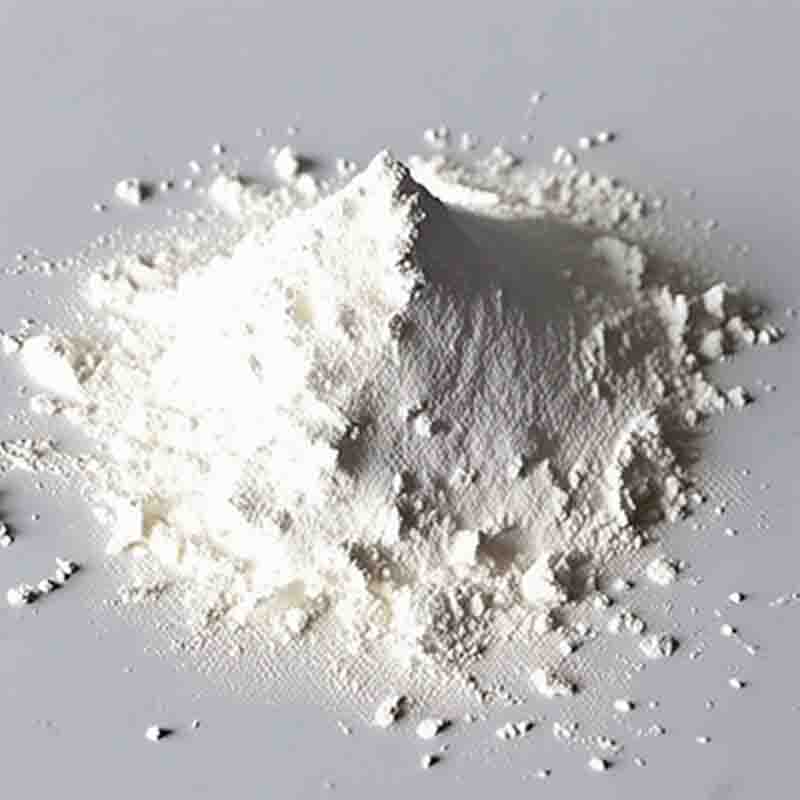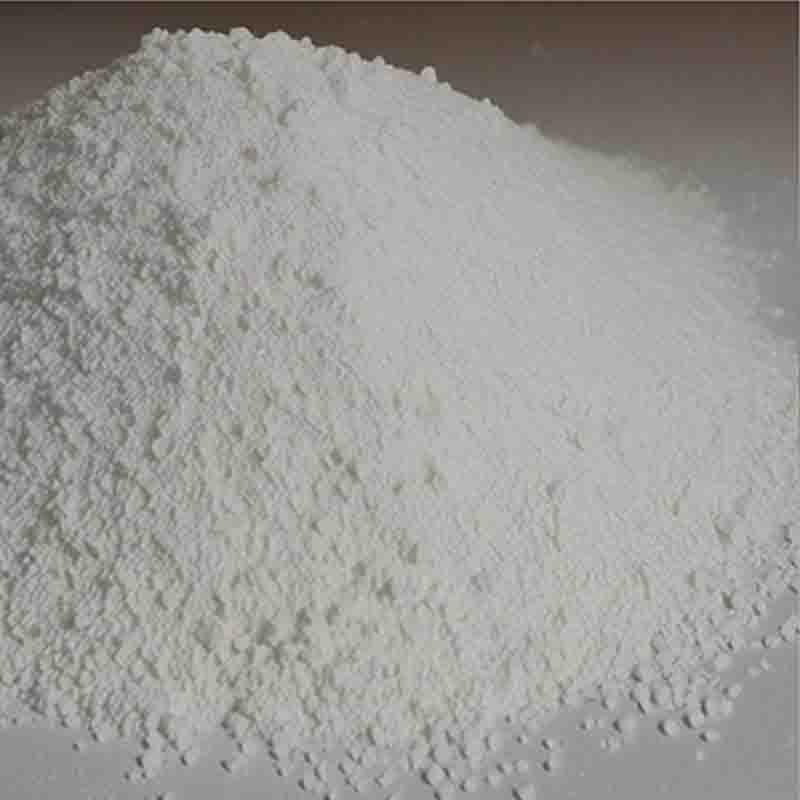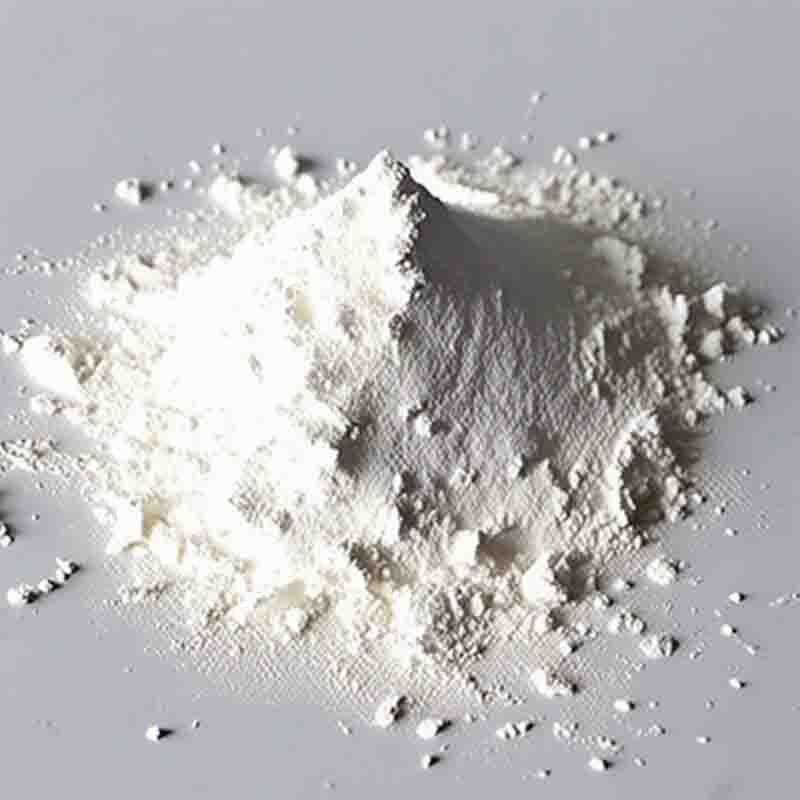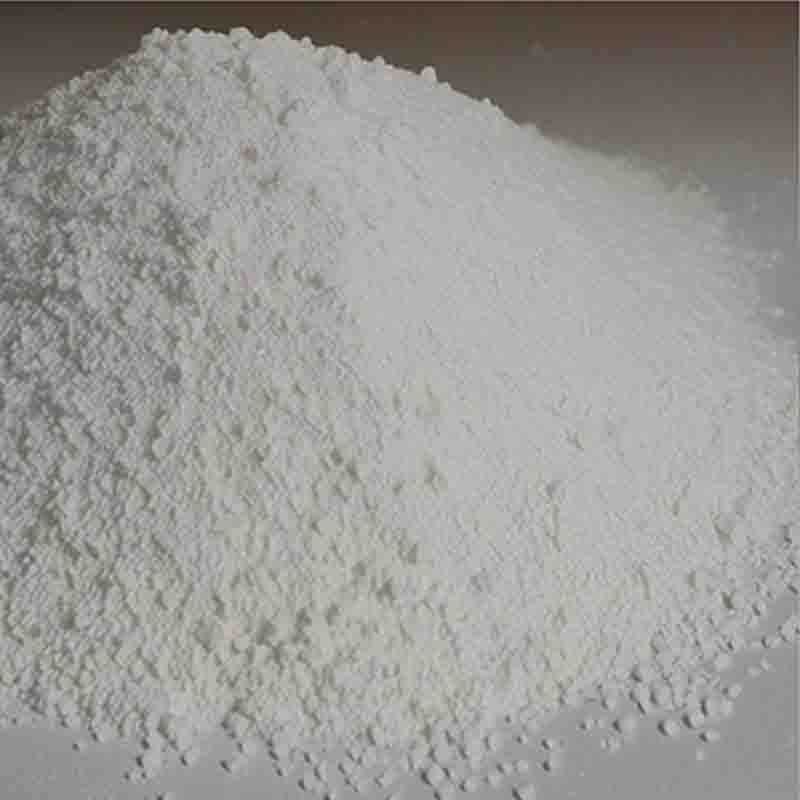3-Chlorobenzylchloride CAS: 620-20-2
| Catalog Number | XD94839 |
| Product Name | 3-Chlorobenzylchloride |
| CAS | 620-20-2 |
| Molecular Formula | C7H6Cl2 |
| Molecular Weight | 161.03 |
| Storage Details | Ambient |
Product Specification
| Appearance | White powder |
| Assay | 99% min |
3-Chlorobenzyl chloride is a chemical compound with various applications in different industries.
One of the primary uses of 3-Chlorobenzyl chloride is in the field of organic synthesis. It is commonly used as a building block in the production of pharmaceuticals, agrochemicals, and other fine chemicals. 3-Chlorobenzyl chloride can react with various organic compounds to form complex molecules with important biological activities. It can serve as a starting material for the synthesis of drugs, pesticides, and other active compounds.
Furthermore, 3-Chlorobenzyl chloride finds application in the field of material science. It can be used as a precursor in the synthesis of polymers and coatings. These materials can have various applications in industries such as electronics, automotive, and packaging. Polymers derived from 3-Chlorobenzyl chloride can exhibit unique properties such as thermal stability, chemical resistance, and mechanical strength.
Moreover, 3-Chlorobenzyl chloride can also be used in the field of analytical chemistry. It can be used as a derivatizing agent to improve the detection and analysis of certain compounds. For example, it can react with primary and secondary amines to form stable amide derivatives that can be easily analyzed by techniques such as gas chromatography or liquid chromatography.
In addition, 3-Chlorobenzyl chloride has applications in the field of research and development. It can be used as a starting material for the synthesis of other compounds, which can have various applications in medicinal chemistry, material science, and chemical research. The versatility of 3-Chlorobenzyl chloride makes it valuable in the development of new molecules and materials.
In conclusion, 3-Chlorobenzyl chloride has versatile applications in organic synthesis, material science, analytical chemistry, and research and development. Its reactivity and ability to form complex molecules make it a valuable compound in the production of pharmaceuticals, fine chemicals, polymers, and other derivatives.


